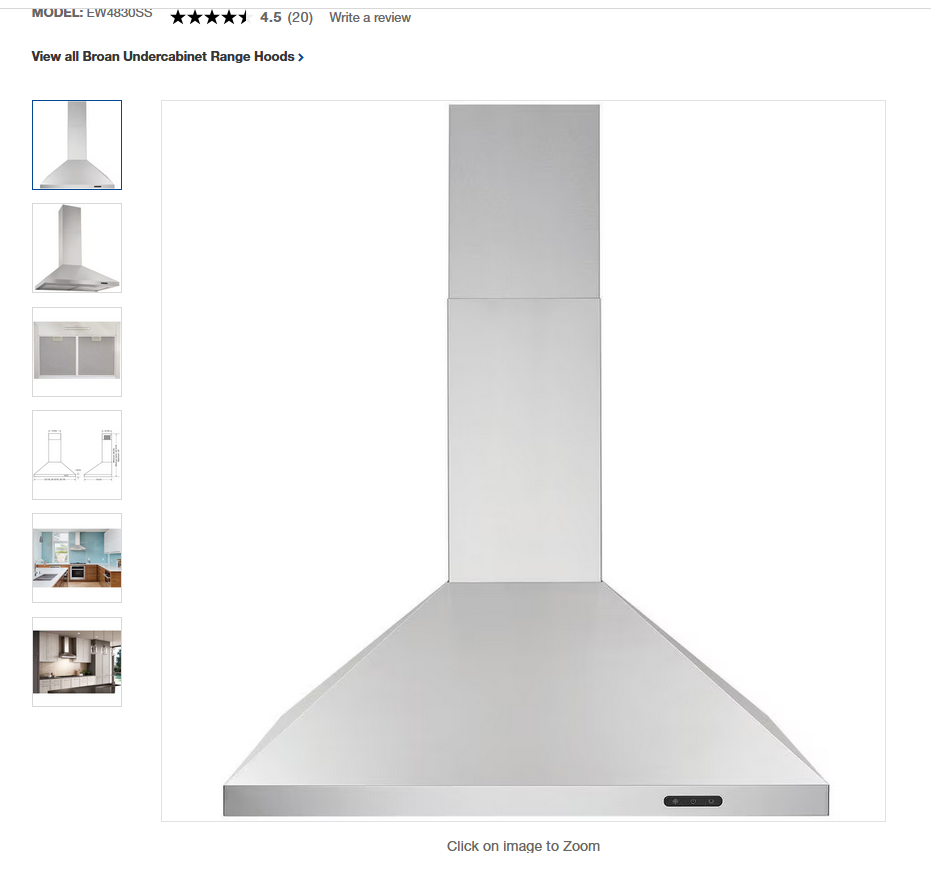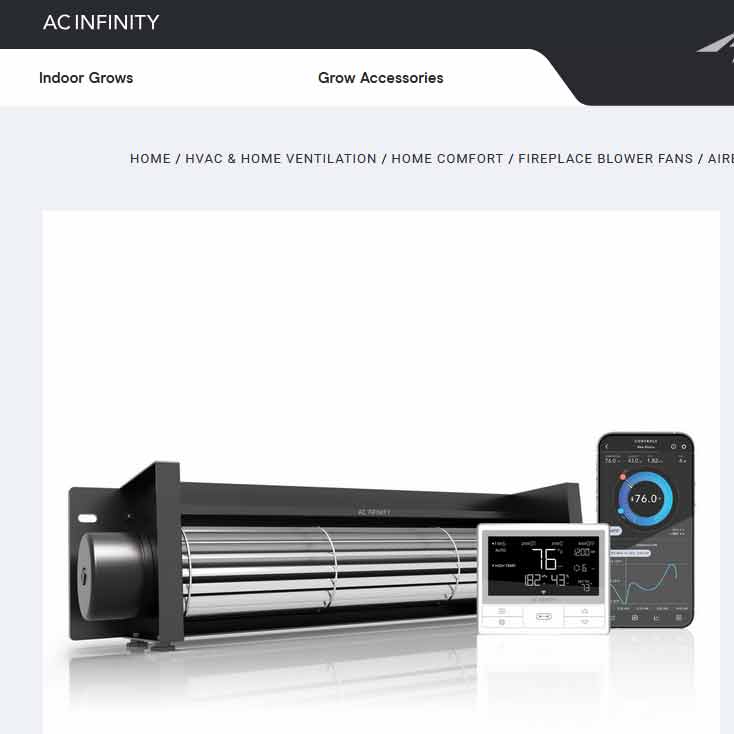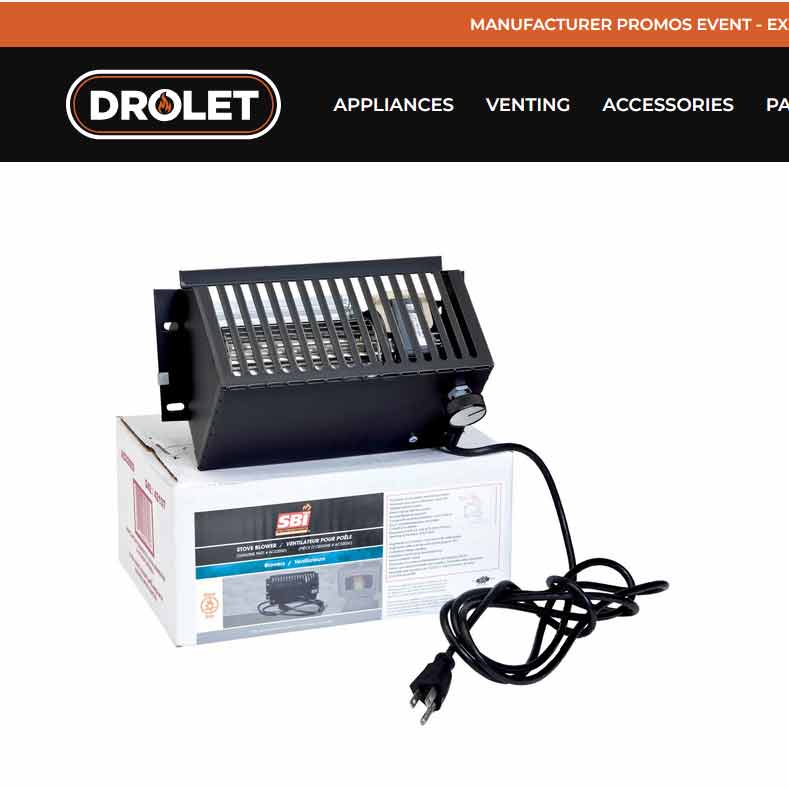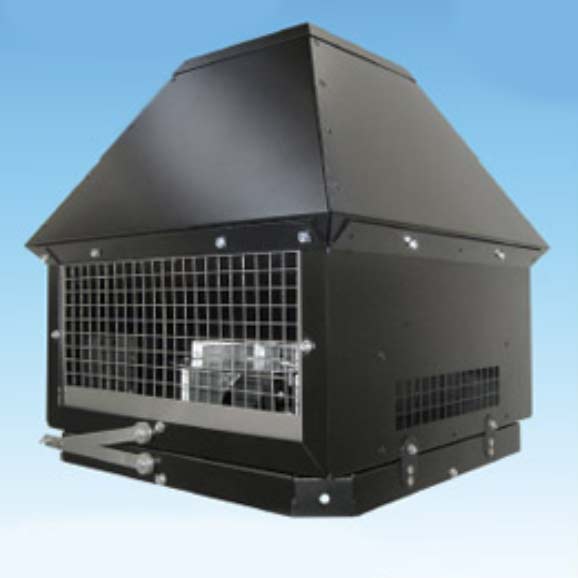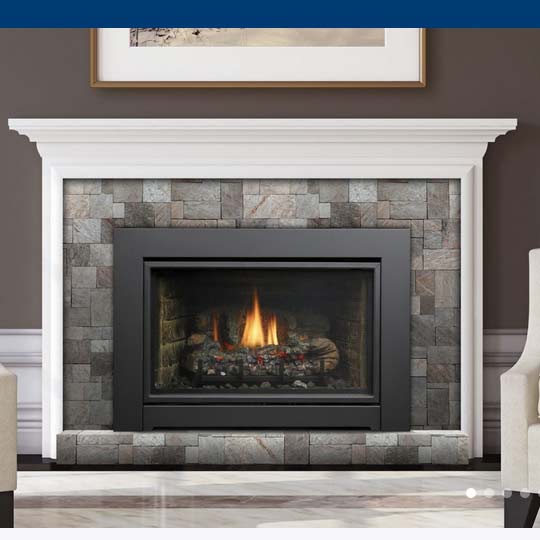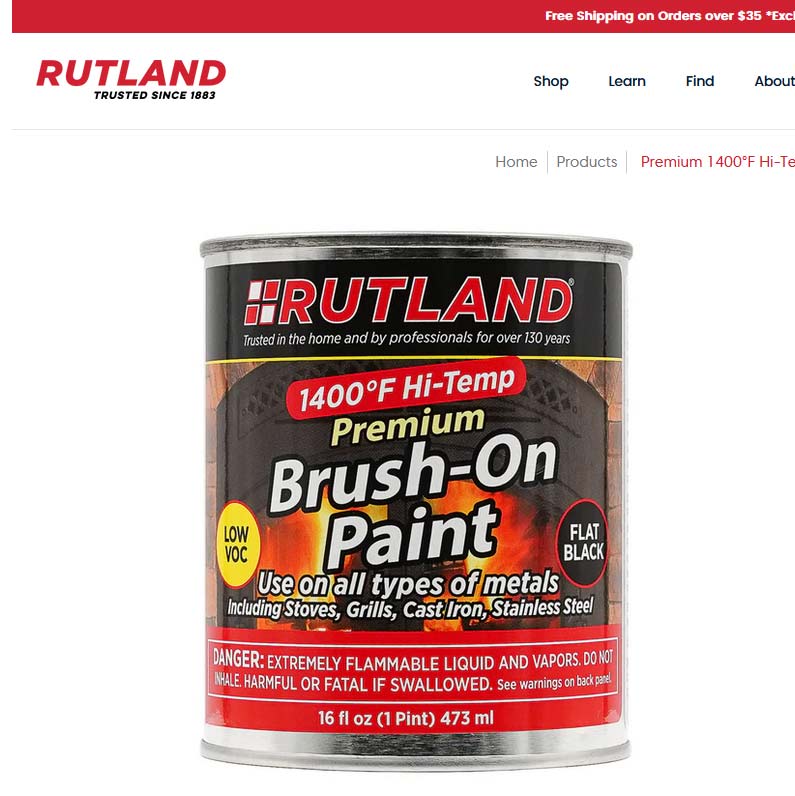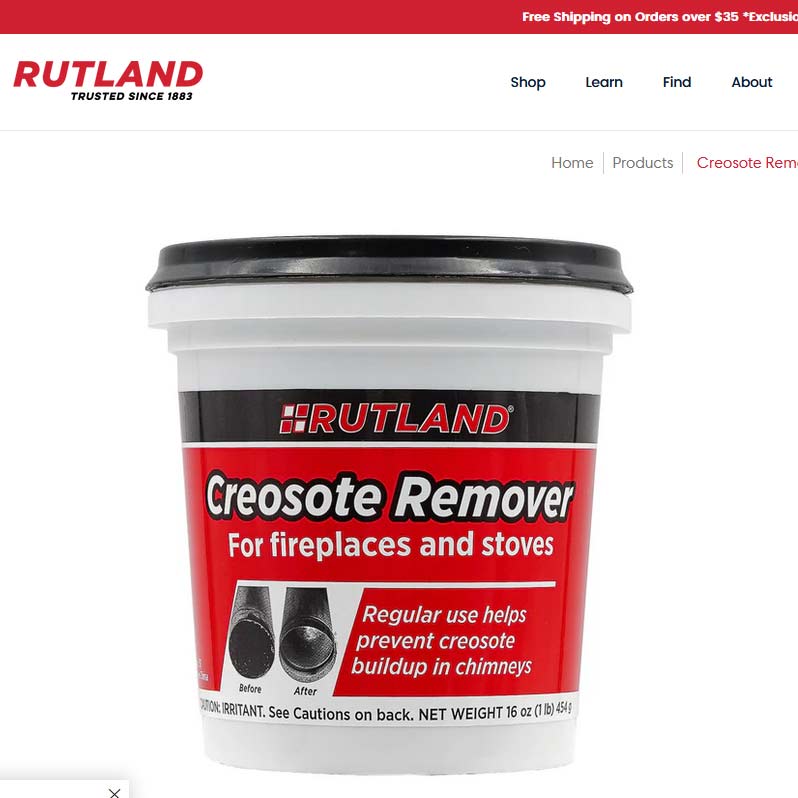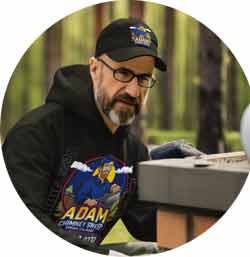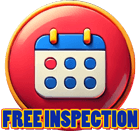As the owner of Adam Chimney Sweep, I’ve witnessed firsthand how Denver’s harsh winters can transform a cozy fireplace from a source of comfort into a potential safety hazard. Last week, I received an emergency call from a homeowner in the Cherry Creek area whose chimney crown had cracked during our recent temperature swing from 60°F to 15°F in less than 24 hours. This dramatic weather change, common here in Colorado, had caused significant damage that could have been prevented with proper winter preparation.
After nearly two decades of serving the Denver metro area, I’ve learned that winter chimney safety isn’t just about preventing fires but protecting your entire home investment. From my base at 12894 E Villanova Dr in Aurora, I’ve responded to countless winter emergencies that could have been avoided with proper preparation and regular maintenance.
Why Winter Chimney Safety Matters in Denver
Colorado’s Unique Climate Challenges
Denver’s climate presents unique challenges for chimney systems that homeowners in other regions don’t face. Our elevation of 5,280 feet means thinner air, which affects combustion and draft. Combined with our notorious temperature swings—what we locals call “Colorado weather”—chimneys here endure more stress than those in more stable climates.
The freeze-thaw cycle is particularly devastating to masonry chimneys. When water penetrates small cracks and freezes, it expands with tremendous force, creating spalling—the breaking away of brick or stone surfaces. I’ve seen homeowners face repair bills exceeding $5,000 because minor cracks weren’t addressed before winter.
The Hidden Costs of Neglect
During my years in business, I’ve documented that homeowners who skip annual inspections face repair costs averaging 300% higher than those who maintain regular service schedules. Our chimney sweep services start at $150, but neglected chimneys require complete rebuilds costing upwards of $15,000.
“Regular maintenance isn’t just about safety—it’s about protecting one of your home’s most expensive systems. A $150 annual cleaning can prevent thousands in damage.” – Adam, Adam Chimney Sweep
Complete Winter Chimney Safety Checklist
Pre-Winter Inspection Points
Every Denver homeowner should complete this comprehensive inspection before firing up their fireplace for the season. I recommend scheduling this evaluation in early October, before our first snowfall.
| Inspection Item | What to Look For | Action Required |
|---|---|---|
| Chimney Cap | Cracks, rust, missing screens | Replace if damaged |
| Crown | Cracks, crumbling mortar | Seal minor cracks, rebuild if major |
| Flashing | Gaps, rust, loose sections | Re-seal or replace |
| Masonry | Loose bricks, white staining (efflorescence) | Tuckpointing, waterproofing |
| Damper | Rust, warping, and proper closure | Repair or replace |
| Flue Liner | Cracks, corrosion, blockages | Professional inspection required |
Professional vs. Homeowner Tasks
While homeowners can safely inspect exterior elements, flue liner examination requires specialized equipment. During my inspections, I use video cameras to identify issues like creosote buildup, cracked tiles, or animal intrusion that aren’t visible from ground level.
Monthly Maintenance Tasks
- Visual Exterior Inspection
- Check for animal activity around the cap
- Look for ice dam formation on roof edges
- Inspect for new cracks after temperature swings
- Interior Fireplace Checks
- Test damper operation monthly
- Examine fireplace screen integrity
- Check for unusual odors (indicating moisture or blockages)
- Safety Equipment Verification
- Test smoke detectors monthly
- Inspect fire extinguisher pressure gauges
- Verify that carbon monoxide detectors function properly
Emergency Preparedness
Denver’s sudden weather changes can create emergencies. I maintain a 24-hour emergency line at (720) 207-9232 because chimney emergencies don’t wait for business hours.
| Emergency Type | Immediate Action | Professional Help Needed |
|---|---|---|
| Chimney Fire | Call 911, and evacuate if necessary | Immediate inspection before reuse |
| Carbon Monoxide Alarm | Ventilate the home, call the gas company | Full system inspection |
| Water Leakage | Place containers, document damage | Source identification and repair |
| Animal Intrusion | Don’t use the fireplace, secure area | Professional animal removal |
Professional vs. DIY: When to Call the Experts
Safe DIY Maintenance Tasks
As someone who’s built relationships with homeowners across our service areas, I encourage homeowners to take active roles in chimney maintenance. Here’s what you can safely handle:
Exterior Maintenance You Can Do
- Clearing debris from the chimney cap screens
- Removing snow buildup around the chimney base
- Checking for apparent exterior damage after storms
- Maintaining proper clearance from combustible materials
Simple Interior Tasks
- Removing ashes (when completely cool, stored in metal containers)
- Checking the fireplace screen condition
- Testing damper operation
- Visual inspection for obvious obstructions
When Professional Service Is Essential
Specific tasks require specialized training and equipment. Too many well-intentioned homeowners create dangerous situations by attempting complex repairs.
Flue System Work
The flue liner is your chimney’s most critical safety component. Damaged liners can allow deadly carbon monoxide to enter your home or create fire hazards. Professional inspection and repair ensure proper draft and containment of combustion gases.
Structural Repairs
Tuckpointing, crown repair, and cap replacement require specialized knowledge of materials compatible with Colorado’s climate. Using incorrect mortar types can accelerate deterioration.
Cost Considerations and Value
Our chimney and fireplace pricing reflects the’ complexity and safety requirements of professional services. Here’s how costs typically break down:
| Service Type | Price Range | Frequency | Annual Cost |
|---|---|---|---|
| Annual Cleaning & Inspection | $150-$300 | Yearly | $150-$300 |
| Minor Repairs | $200-$800 | As needed | $100-$400 |
| Crown Sealing | $300-$600 | Every 5-7 years | $50-$100 |
| Cap Replacement | $400-$800 | Every 10-15 years | $30-$60 |
Chimney rebuilds can cost $8,000- $15,000 compared to significant repairs; regular maintenance is the wise financial choice.
Denver-Specific Considerations
High Altitude Effects on Chimney Performance
Operating at our elevation affects how chimneys function. The thinner air means less oxygen for combustion and can impact draft performance. I’ve noticed that chimneys here require more frequent cleaning because incomplete combustion creates additional creosote buildup.
Altitude-Related Adjustments
- Ensure adequate air supply for combustion
- Consider outside air kits for newer, tighter homes
- Monitor for signs of poor draft (smoke entering the room)
Rapid Weather Changes
Colorado’s famous weather swings create unique stresses on chimney systems. I’ve documented temperature changes of 50°F in a single day, which can cause significant expansion and contraction in masonry systems.
“I’ve seen more chimney damage from thermal stress in Denver than anywhere else I’ve worked. The key is understanding that our climate demands more frequent professional attention.” – Industry colleague, 25 years experience
Weather-Related Maintenance
- After Major Temperature Swings
- Inspect for new cracks
- Check flashing integrity
- Monitor for ice dam formation
- During Freeze-Thaw Cycles
- Document any new exterior damage
- Check for interior moisture signs
- Ensure proper drainage around the chimney base
Local Building Codes and Regulations
Denver’s building codes have specific chimney construction and maintenance requirements that affect homeowner responsibilities. Recent updates require enhanced safety measures for new installations and major renovations.
For homeowners planning renovations, I often recommend Remodeling in Colorado for projects integrating chimney work with broader home improvements. Their team understands local codes and can coordinate effectively with chimney professionals.
Real Customer Success Story: Cherry Hills Village Emergency
Last February, I received an emergency call from Sarah Martinez in Cherry Hills Village (80121). She’d noticed water stains on her living room ceiling near the fireplace during our week of heavy snow, followed by rapid melting.
The Problem Discovery
Upon inspection, I found that her chimney crown had developed hairline cracks that allowed water penetration. The damage wasn’t visible from ground level, but my thermal imaging camera revealed significant moisture infiltration.
The Solution Process
- Immediate Water Damage Control – We temporarily sealed the cracks to prevent further intrusion.
- Comprehensive Assessment – Full structural evaluation revealed the need for crown reconstruction
- Coordinated Repairs – Working with her insurance company and coordinating with Colorado EZ Locksmith, who needed access for security system updates during construction
The Outcome
What could have been a $12,000 complete chimney rebuild was resolved with a $2,800 crown reconstruction because we caught it early. Sarah now schedules annual inspections and hasn’t had a single issue in two years.
“Adam saved us thousands by catching the problem before it became a disaster. Now I wouldn’t think of skipping our annual service.” – Sarah Martinez, Cherry Hills Village
Advanced Winter Safety Considerations
Carbon Monoxide Prevention
Carbon monoxide poisoning is a serious concern in Denver’s altitude and climate. Combining thinner air and sealed homes for energy efficiency can create dangerous conditions.
Key Prevention Strategies
- Professional Flue Inspection – Annual verification of proper venting
- Adequate Ventilation – Ensuring sufficient air supply for combustion
- Detector Maintenance – Testing CO detectors monthly, replacing batteries annually
Emergency Preparedness Planning
Every homeowner should have a winter emergency plan that includes chimney-related scenarios. I provide all customers with emergency contact information and specific instructions for common problems.
For comprehensive information about chimney systems and safety, visit our detailed guide on understanding your chimney for Colorado homes.
When to Schedule Professional Services
Optimal Timing for the Denver Area
Based on my experience serving the Denver metro area, here’s the ideal service schedule:
Fall Preparation (September-October)
- Complete inspection and cleaning
- Address any repairs before winter
- Test all safety systems
Winter Monitoring (November-March)
- Monthly visual inspections
- Prompt attention to any issues
- Emergency services as needed
Spring Assessment (April-May)
- Post-winter damage evaluation
- Planning for summer repairs
- Preparing for next season
For ongoing support and information, I regularly update our chimney and fireplace blog with seasonal tips and essential safety information.
Conclusion
Winter chimney safety in Denver requires a proactive approach, acknowledging our unique climate challenges. From the freeze-thaw cycles that crack masonry to the altitude effects on combustion, Colorado chimneys need specialized attention.
The investment in proper maintenance—starting with our $150 basic service—is minimal compared to the costs of major repairs or, more importantly, the potential loss of life or property from chimney-related incidents.
As your local chimney professional, I’m committed to helping every Denver-area homeowner enjoy safe, efficient fireplace operation throughout our harsh winters. Whether you need routine maintenance, emergency repairs, or a comprehensive system evaluation, our team at Adam Chimney Sweep is ready to help.
Visit our services page for a complete overview of how we can help protect your home investment. If you’re facing issues requiring professional attention, learn more about our chimney repair services in Denver.
Contact us to schedule your winter safety inspection. Don’t wait until problems become emergencies—proactive maintenance is always more affordable and safer than reactive repairs.
Visit our website at https://www.adamchimneysweep.com/ for more information and to schedule your service online. Your family’s safety and your home’s protection are worth the investment in professional chimney care.

